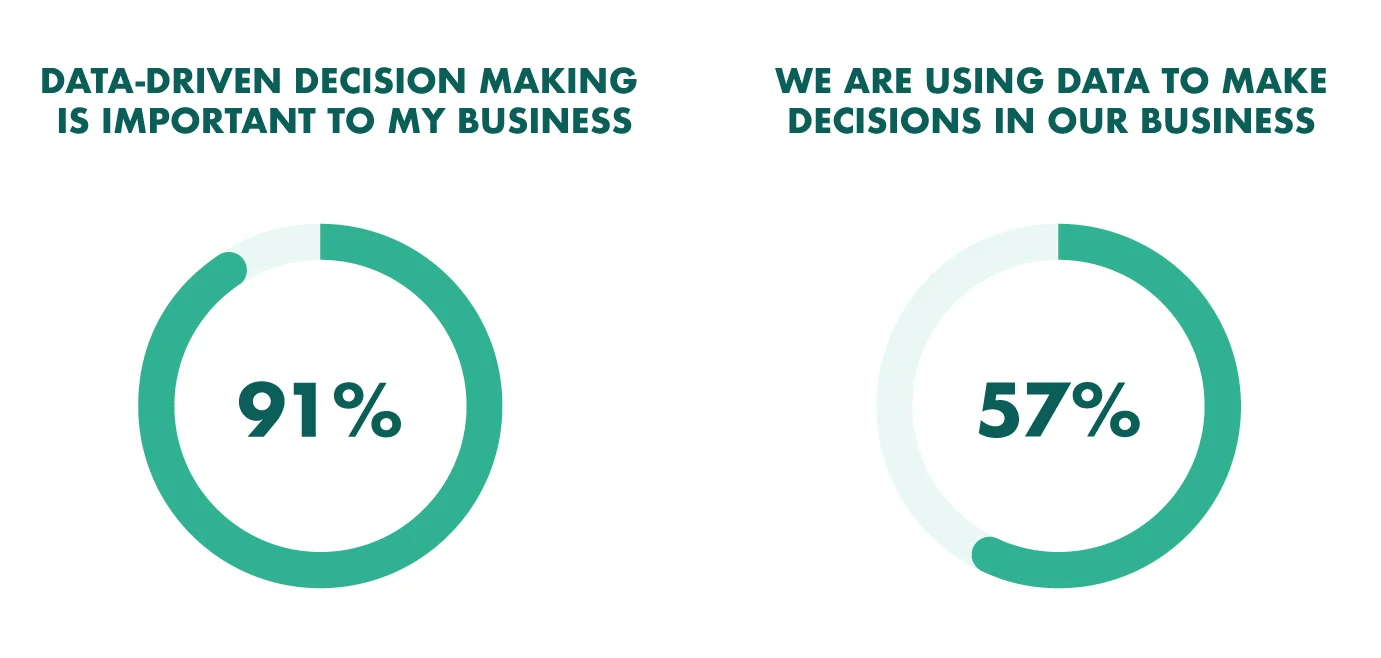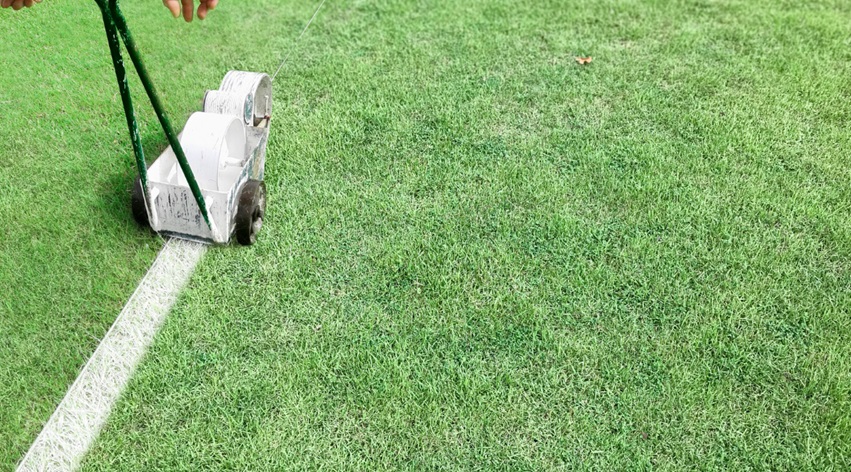
Introduction
Effective reporting is essential for organizations to make informed decisions. Especially in areas like environmental compliance, such as WEEE (Waste Electrical and Electronic Equipment) reporting, the clarity and precision of reports can significantly influence management decisions. Here are some strategies to create impactful reports that drive decision-making.
1. Understand Your Audience
The first step in creating an effective report is understanding who will read it. Different stakeholders may have different interests; some might be concerned with financial implications, while others with operational details.
How to Avoid Misunderstandings: Tailor your report to address the specific concerns of your audience. For instance, if your report is for senior management, focus on the strategic implications of your findings, including any necessary actions related to WEEE reporting.
2. Use Clear and Concise Language
Complex jargon can obscure important information. Use plain language
to ensure that your report is easily understandable by all stakeholders.
How to Enhance Clarity: Avoid technical terms and acronyms unless absolutely necessary, and always provide explanations for terms that might not be universally known, such as specific aspects of WEEE reporting.
3. Incorporate Visual Data Representations
Visuals can transform complex data into understandable and impactful insights. Charts, graphs, and tables are particularly effective in environmental compliance reporting.
How to Implement: For a WEEE Reporting process, visualize data trends over time, such as amounts of e-waste recycled, or compliance rates across different departments or locations.
4. Be Objective and Data-Driven
Impactful reports are unbiased, presenting all data fairly. This is crucial for fostering trust and ensuring that decisions are based on facts, not assumptions or incomplete information.
How to Maintain Objectivity: Regularly review your data sources and methodologies to ensure they remain relevant and unbiased, especially when compiling data for WEEE reporting.
5. Include Actionable Recommendations
A report that ends without actionable steps can result in stagnation. Ensure your findings drive action by including clear, feasible recommendations.
How to Encourage Action: Based on your WEEE reporting, suggest specific steps for improvement, such as enhancing waste segregation processes or updating recycling technologies.
6. Review and Revise
Before finalizing your report, review it to ensure accuracy and completeness. This can help prevent errors that could mislead decision-making processes.
How to Implement: Conduct peer reviews or use checklists tailored to WEEE reporting standards to verify that all relevant information has been included and is accurately presented.
Conclusion
Creating impactful reports requires a clear understanding of your audience, use of straightforward language, effective data visualization, objectivity, actionable recommendations, and meticulous review. By focusing on these elements, particularly in specialized fields like WEEE reporting, you can produce reports that not only present data but also drive strategic decision-making, ensuring your organization remains compliant and forward-thinking.




